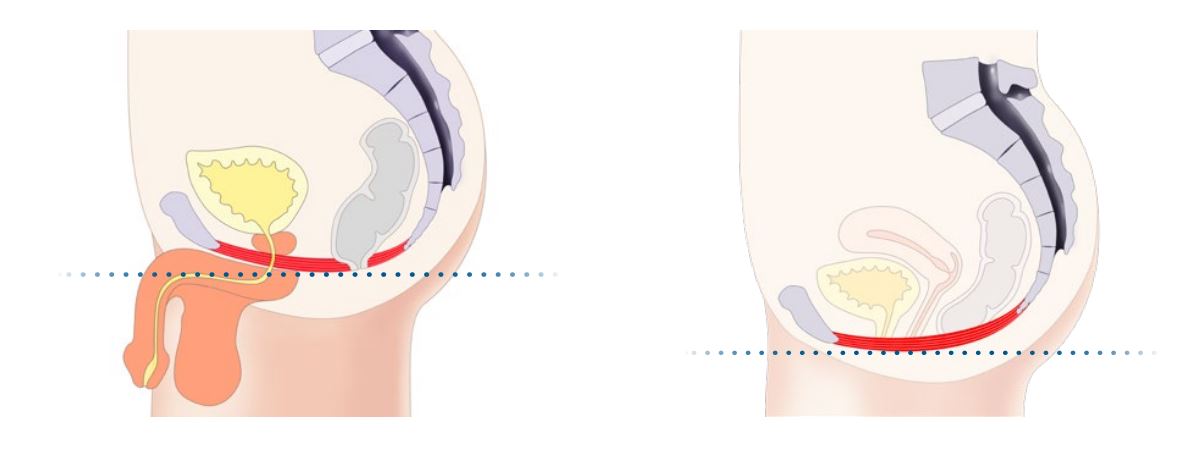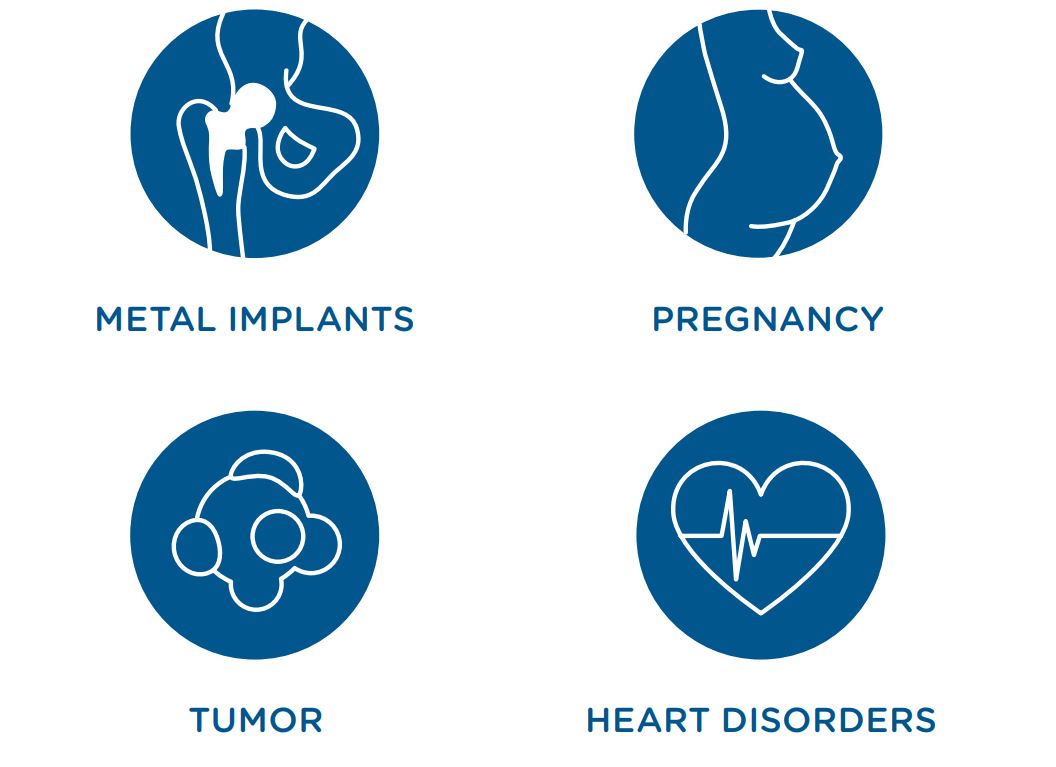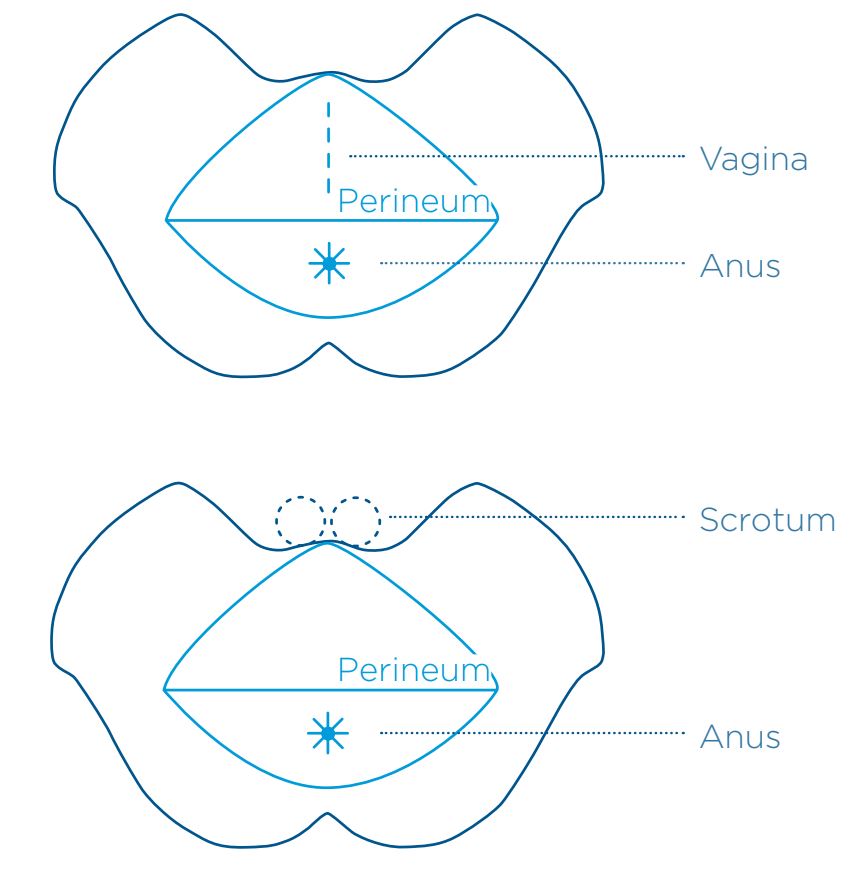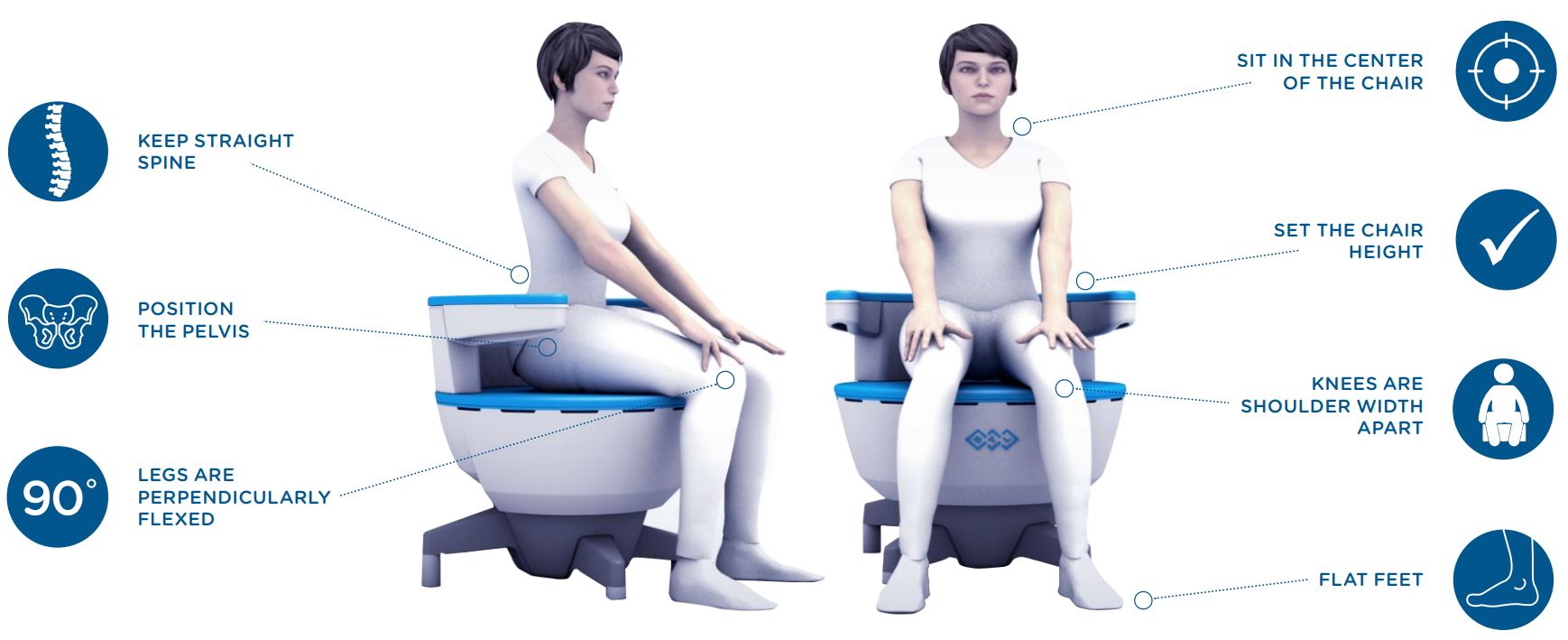BTL Emsella
Mechanism Of Action:
BTL EMSELLA is the HIFEM® procedure, that utilizes electromagnetic energy, at a high frequency, to cause pelvic floor muscle stimulation completely non-invasively. Similar to the contractions you perform when doing a Kegel exercise. What makes this treatment effective is the in-depth penetration and stimulation of the entire
pelvic floor area. A single session brings you thousands of intense contractions that you would not be able to do on your own. These contractions are very helpful when it comes to muscle strengthening and re-education.
Emsella Benefits:
-
Strengthens and tightens the pelvic floor helping men and women to improve bladder control.
-
Reported improved sexual satisfaction and ability to achieve orgasm.
About Urinary Incontinence:
Urinary incontinence is defined as the involuntary leakage of urine. This might be a result of weak pelvic floor muscles since pelvic floor muscles play an important role in supporting pelvic organs and controlling continence.
There are three different types of urinary incontinence:
- Stress incontinence: is when there is exerted pressure on the bladder causing leakage. This can be caused by coughing, laughing, sneezing, or exercising.
- Urge: is the sudden, intense urge to urinate frequently.
- Mixed incontinence: is a combination of both stress and urge incontinence.
Physiological changes can contribute to the development of urinary incontinence; changes such as vaginal delivery, menopause, and aging can decondition pelvic floor muscles. In order to improve symptoms, it is important to strengthen these muscles. Possible ways to improve your condition may include lifestyle changes and Kegel exercises.
The diagram below shows the pelvic organs and pelvic floor muscles in men (left) and women (right).
What To Expect During The Treatment?
During BTL EMSELLA treatment you will be completely clothed yet, we recommended loosely fitted clothing to help achieve best positioning during treatment. When the treatment starts you will feel slight tingling and vibrations in your pelvic floor muscles that will then turn into full contractions. This will be completely comfortable and tolerable. If not, please let your healthcare provider know and they will adjust accordingly. Take this 28-minute session to relax, read a magazine, or watch television. You will be able to return to normal activities after the treatment.
BTL Emsella is not for you if:
BTL Emsella Patient Positioning
- Sit comfortably at the center of the chair.
- To achieve correct treatment position height of the chair can be set. Your health care provider will help you with this.
- Your feet should be flat on the floor, shoulder width apart (which varies patient to patient).
- Place your knees just above your feet at a 90-degree angle with slight outward rotation.
- Angle your pelvic area closest to the center of the chair, you may have to tilt forward or backward to get the right angle.
- Keep your spine straight and relax your hands on your thighs.
- The first minute of therapy is there to help you gauge positioning. The tapping should be over the perineum (see figure below). Either adjust forward, back, or towards either side to find the target area.
Additional Patient Facts:
- Do not lean back on the chair.
- Do not hunch your back.
- Keep feet flat on the ground.
- Do not keep your legs together, crossed, or too spread out.
- Jewelry, belts, cards, coins, wallet, and watches should be removed before treatment. Also keep phones and other electronics away from the device. Wear comfortable clothing, nothing too tight that will prevent correct positioning.
Frequently Asked Questions
● What is incontinence?
Urinary incontinence is defined as the involuntary leakage of urine. There are three different types of urinary incontinence:
- Stress incontinence is when there is exerted pressure on the bladder causing leakage. This can be caused by coughing, laughing, sneezing, or exercising
- Urge incontinence is the sudden, intense urge to urinate frequently
- Mixed incontinence is a combination of both stress and urge incontinence
● What causes urinary incontinence?
● How can I treat my incontinence?
● How long does an EMSELLA treatment last?
● What does an EMSELLA treatment feel like?




